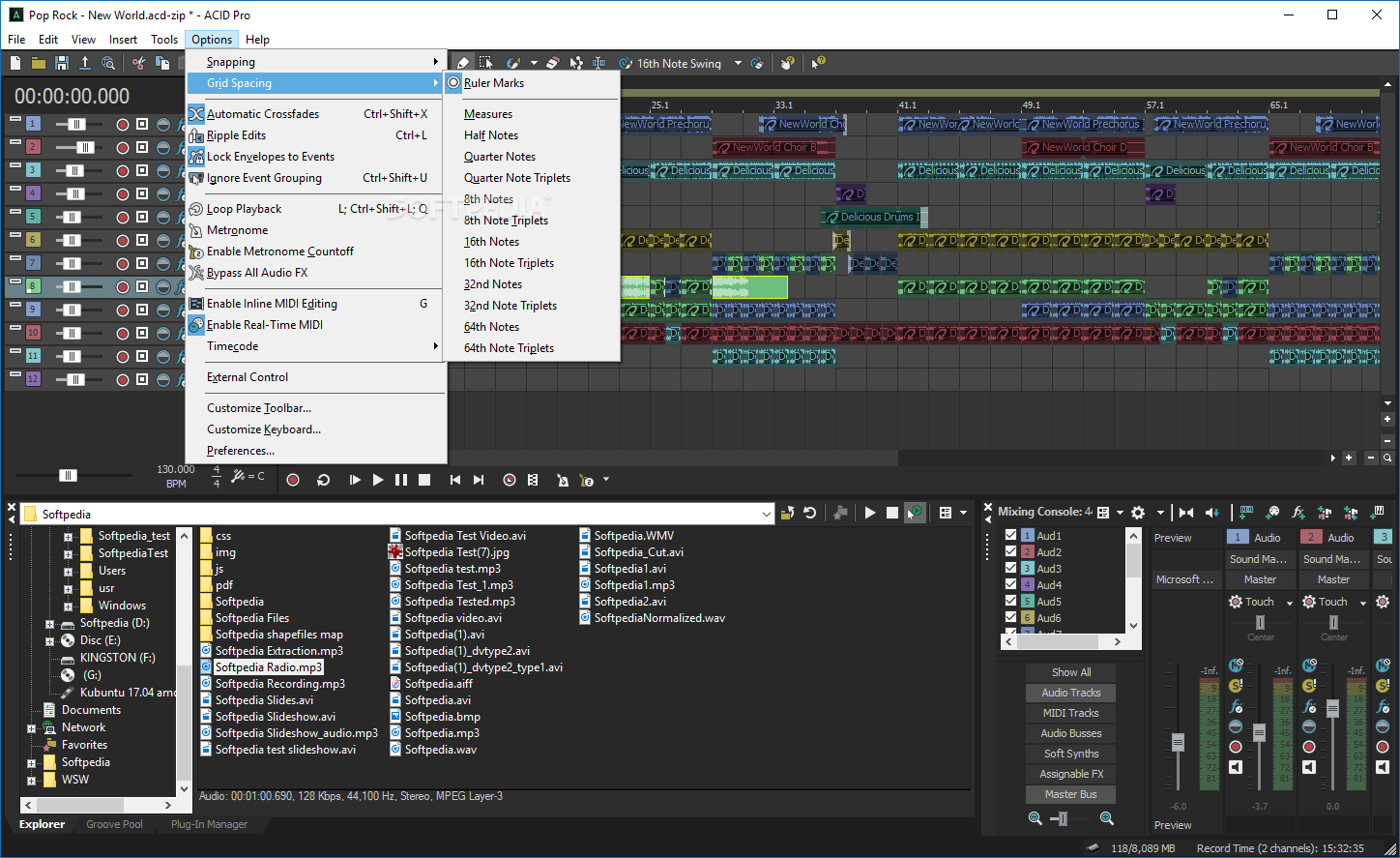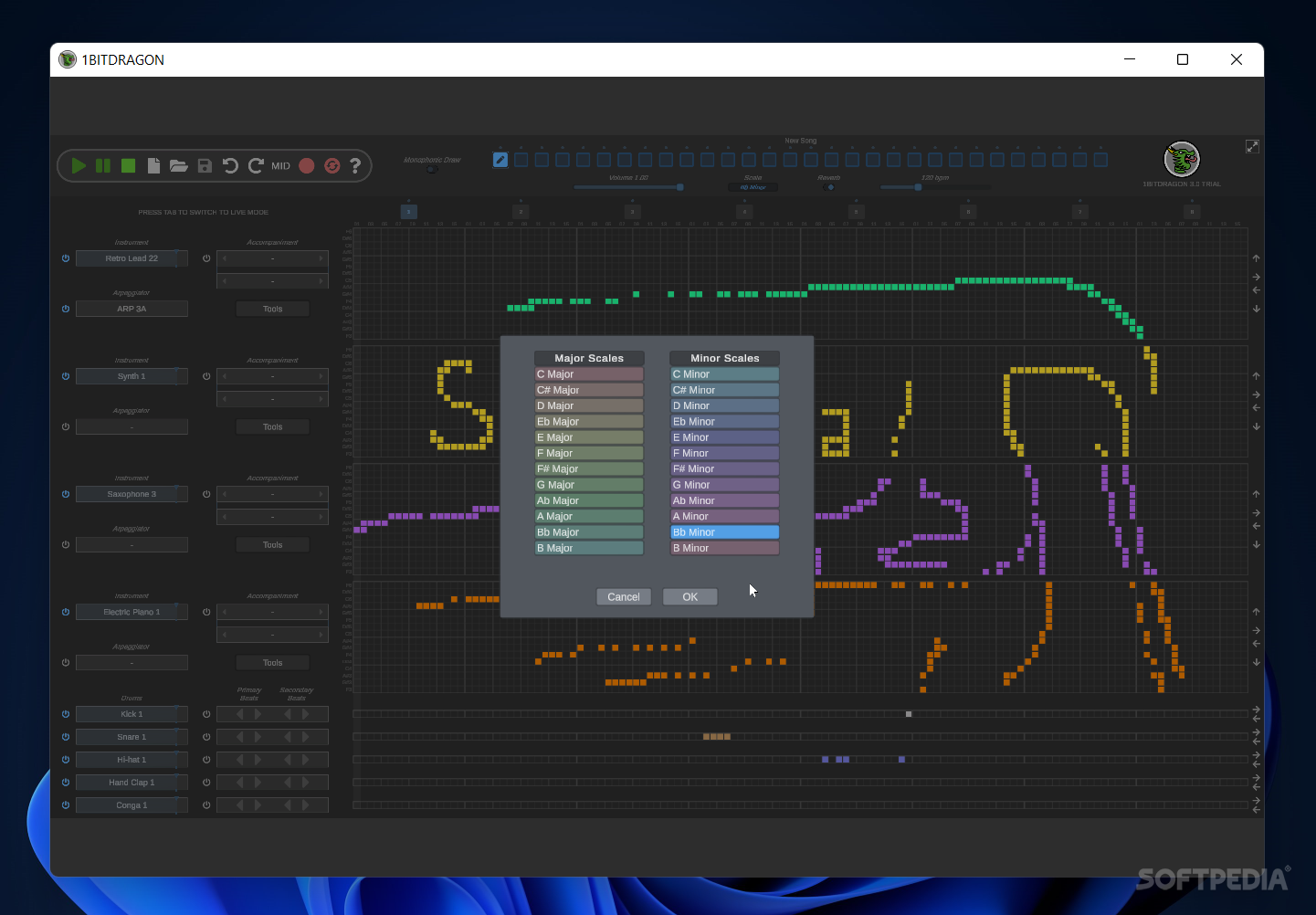
My computer, unfortunately, sucks so that's very important to me. I've been using it for a long time now, and though I've noticed some weird bugs in 7, it's my home recording DAW choice simply because it's not a huge resource-drainer. So if anything, it has even more features than most DAWs, because you have to loop, time-fit, and pitchshift stuff manually. And it's still a looping toy, in addition to all the other DAW stuff. Over the years, it became a fully-functional DAW - but most people don't know that, because when they think of Acid they think "looping toy." So no one pays attention, even though Acid 7 got some rave reviews. Well, what's "wrong" is that it originally started out as basically a looping toy. My personal set up at home is Live with APC40 and a bunch of plugins for remixing (can also run Reason via Rewire if I need to), Pro Tools for recording, and sometimes Logic if I need to get into a lot of advanced MIDI editing. It's a great way to learn synthesis, sampling etc without having to have a rack of real modules.īelow is a link to an overview of Live I did for the students, showing it linked up to an Akai APC40 While you can do time stretching and beatmatching via recycled loops, I tend to keep it for sound creation.

Reason can do a lot of the things the others can, but in my opinion is better for sound design.

This makes it great for performers, as you're not locked into the timeline based way of working that most sequencers have. Live is also completely different in the way that it works, being based around small sequences which can be triggered in any order.

Live (especially version 8) is very powerful and flexible in this area, and very easy to use.

Where it lacks in comparison with something like Live is that it lacks a lot of the flexibility in the timestretching/beatmatching - particularly on longer tracks. Acid is very easy to get something happening with straight out of the box, so we tend to get students started on that. I teach Acid, Reason, and Ableton Live at university.


 0 kommentar(er)
0 kommentar(er)
